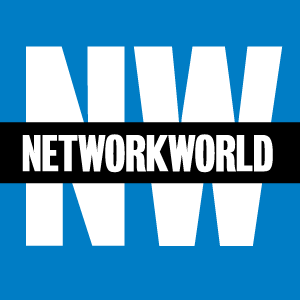It’s the beginning of a new year, and like many of you, I find this is a great time to jump-start my resolve to accomplish more and better — whether that means de-cluttering my desk, better managing my inbox or taking a hike to re-focus.
Before You Select a Visual Collaboration Platform, Ask Yourself These Questions
Once you’ve realized how important it is to invest in a digital workplace and have secured the budget you need to move forward with your plan, it’s time to begin looking for a collaboration solution to support this new way of work.
The number of remote workers is rising by the year. With the advancement of modern technology and an increasing understanding of how flexibility can improve performance and morale, this is a trend that is likely to surge in popularity.
Research* shows that today's employees can spend up to 80% of their workdays collaborating. As a result, meetings — our primary method of working together — have become mere waypoints in an ongoing collaborative process. This is a major shift from the way we used to think about meetings, which we regarded as events with a beginning and an end.
Research* shows that approximately 65% of enterprise meetings now include remote participants. The reasons are obvious, including endeavoring to leverage a diverse global workforce, saving money on office overhead, and — in some cases — taking advantage of less expensive local labor.
Remember scrambling like mad for new technology?
I know people who camped out overnight to secure their place in line for the latest version of a smartphone. Others significantly overpaid or added their names to pre-order lists months in advance — just to make sure they had the most up-to-date device.
The other day, I heard a great story about how a colleague of mine got board approval to hire more than two dozen new staff members—and the whole negotiation took less than an hour. He used digital workplace technology to pull a remote team member into a board meeting on the fly and run ROI scenarios in real-time. Without being able to see the specific figures, the decision would have taken weeks and cost millions in potential revenue.
Introducing Prysm Go!
The express lane to kicking off productive meetings and brainstorming sessions
This week we launched Prysm Go, a quick, easy, and elegant way to upgrade your physical meeting spaces to enable superior collaboration, creation, and presentation.
If you work for a company that has not yet embraced the work-at-home trend, don’t despair. By strategically demonstrating the benefits of remote work, you may be able to influence company policy.
When we talk about the gender/wage gap, we're most likely discussing how women and men with the same skills and experience should get paid the same salaries (inarguable). We usually attribute the gap to straight-up sexism, which is impossible to dispute. I know I've encountered plenty of that in the workplace.
Unless you're running an extremely enlightened workplace, there's a very strong chance (87%, or nearly nine out of 10) that your employees are sleepwalking through their work days1 — bored and disengaged. This is very bad news for U.S. employers, who lose $450 to $550 billion per year2 as a result of reduced productivity.
The infographic below highlights four ways that research has shown to increase worker engagement, fulfillment, and productivity.
| The infographic to the right illustrates Forrester Consulting's findings in a study1 of the state of today's distributed workforce, which was commissioned by Prysm in early 2016. |
Welcome to Prysm’s live blog from the show floor of InfoComm 2016. Here, we'll keep you posted on the highlights of the show and share what's happening...both in the Prysm booth and on the show floor.
The "mobile revolution" has gotten a lot of great press. If you believe the hype, working from home is the best of all possible worlds—affording great career opportunities and fulfillment, without requiring you to change out of your bathrobe.
Workplace Re-Imagined: Merging the Experience for In-Office & Remote Employees
There is no doubt about it—the workplace is changing. The traditional office environment, which was once made up of siloed cubicles and conference rooms, seems to be dissolving, taking with it the notion that work must be done in person at the office.










